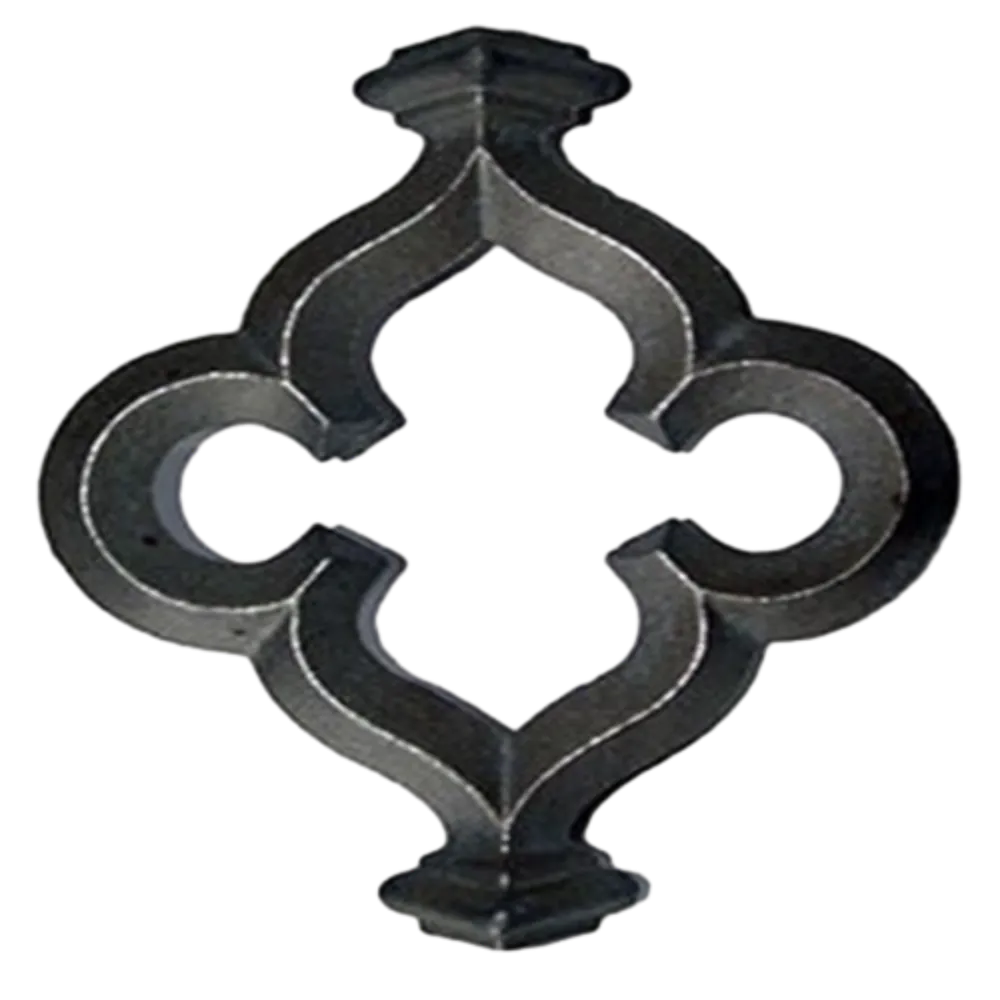Exploring the Beauty and Craftsmanship of Ornamental Ironwork Design
The Art and Craft of Ornamental Ironwork
Ornamental ironwork is a mesmerizing blend of artistry and craftsmanship, offering a unique aesthetic appeal to both traditional and modern architecture. This age-old craft has transcended time and trends, finding its place in various structures from grand historical buildings to contemporary homes. The beauty of ornamental ironwork lies not only in its visual impact but also in its versatility and durability, making it a favored choice among architects and designers.
Historical Background
The roots of ornamental ironwork can be traced back to ancient civilizations. Early examples date back to the Iron Age when the technique of forging iron began. As the centuries passed, ironwork evolved, particularly during the Middle Ages, when blacksmiths honed their skills, producing elaborate gates, railings, and grilles. This period witnessed the emergence of wrought iron, which was malleable and could be shaped into intricate designs.
During the Renaissance, the art of ironwork reached new heights. Artists and blacksmiths collaborated to create ornate structures that embellished public squares, palaces, and churches. The elaborate designs often featured motifs inspired by nature, such as floral patterns and mythical creatures, showcasing the painstaking craftsmanship involved.
Techniques and Styles
Ornamental ironwork employs various techniques, including forging, welding, and casting, allowing artisans to create diverse styles. Forged ironwork involves heating iron until it becomes malleable and then shaping it using tools, resulting in unique, handcrafted pieces. This method allows for elegant curves and intricate details that mass production cannot achieve.
In contrast, cast iron is produced by pouring molten iron into molds. This technique enables the replication of complex designs, making it a popular choice for decorative elements like balusters, street furniture, and garden ornaments.
ornamental ironwork

The styles of ornamental ironwork vary significantly, reflecting local traditions and artistic movements. From the Gothic and Baroque styles characterized by intricate detailing to the clean lines of Art Deco, each era has left its mark on the landscape of ironwork design. Modern interpretations often incorporate minimalistic aesthetics, focusing on functionality while maintaining artistic expression.
Applications in Modern Architecture
Today, ornamental ironwork finds its way into a myriad of applications. Homeowners and designers utilize it to enhance exterior features, such as fences, gates, balconies, and pergolas. These elements not only provide security but also add an elegant touch to outdoor spaces, making them more inviting and visually appealing.
Moreover, ornamental ironwork has a significant role in interior design. Wrought iron is commonly used in staircases, railings, and light fixtures, bringing a rustic yet sophisticated flair to living spaces. The durability of iron ensures that these installations remain timeless, often becoming focal points in rooms.
Ironwork can also be found in commercial settings, enhancing storefronts, restaurants, and public spaces. Custom designs can reflect a brand's identity, contributing to a distinctive ambiance that attracts customers.
Conclusion
The craft of ornamental ironwork stands as a testament to human creativity and the ability to blend form with function. Its rich history, combined with its adaptability in contemporary design, ensures that it will continue to be celebrated for generations to come. Whether embodying the grandeur of a historic estate or the charm of a modern home, ornamental ironwork remains a symbol of elegance and strength, making it an enduring choice in architecture and design.
Incorporating ironwork into both architectural and interior designs not only enhances aesthetic appeal but also preserves a tradition that speaks to the craftsmanship and artistry of the past. As we move forward, the continued exploration of this art form promises to inspire future generations of artists and craftsmen, ensuring that ornamental ironwork remains an integral part of our built environment.
-
Wrought Iron Components: Timeless Elegance and Structural StrengthNewsJul.28,2025
-
Window Hardware Essentials: Rollers, Handles, and Locking SolutionsNewsJul.28,2025
-
Small Agricultural Processing Machines: Corn Threshers, Cassava Chippers, Grain Peelers & Chaff CuttersNewsJul.28,2025
-
Sliding Rollers: Smooth, Silent, and Built to LastNewsJul.28,2025
-
Cast Iron Stoves: Timeless Heating with Modern EfficiencyNewsJul.28,2025
-
Cast Iron Pipe and Fitting: Durable, Fire-Resistant Solutions for Plumbing and DrainageNewsJul.28,2025
-
 Wrought Iron Components: Timeless Elegance and Structural StrengthJul-28-2025Wrought Iron Components: Timeless Elegance and Structural Strength
Wrought Iron Components: Timeless Elegance and Structural StrengthJul-28-2025Wrought Iron Components: Timeless Elegance and Structural Strength -
 Window Hardware Essentials: Rollers, Handles, and Locking SolutionsJul-28-2025Window Hardware Essentials: Rollers, Handles, and Locking Solutions
Window Hardware Essentials: Rollers, Handles, and Locking SolutionsJul-28-2025Window Hardware Essentials: Rollers, Handles, and Locking Solutions -
 Small Agricultural Processing Machines: Corn Threshers, Cassava Chippers, Grain Peelers & Chaff CuttersJul-28-2025Small Agricultural Processing Machines: Corn Threshers, Cassava Chippers, Grain Peelers & Chaff Cutters
Small Agricultural Processing Machines: Corn Threshers, Cassava Chippers, Grain Peelers & Chaff CuttersJul-28-2025Small Agricultural Processing Machines: Corn Threshers, Cassava Chippers, Grain Peelers & Chaff Cutters












